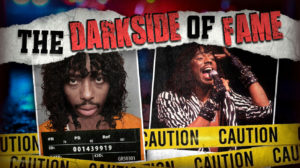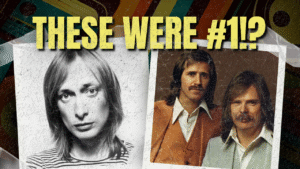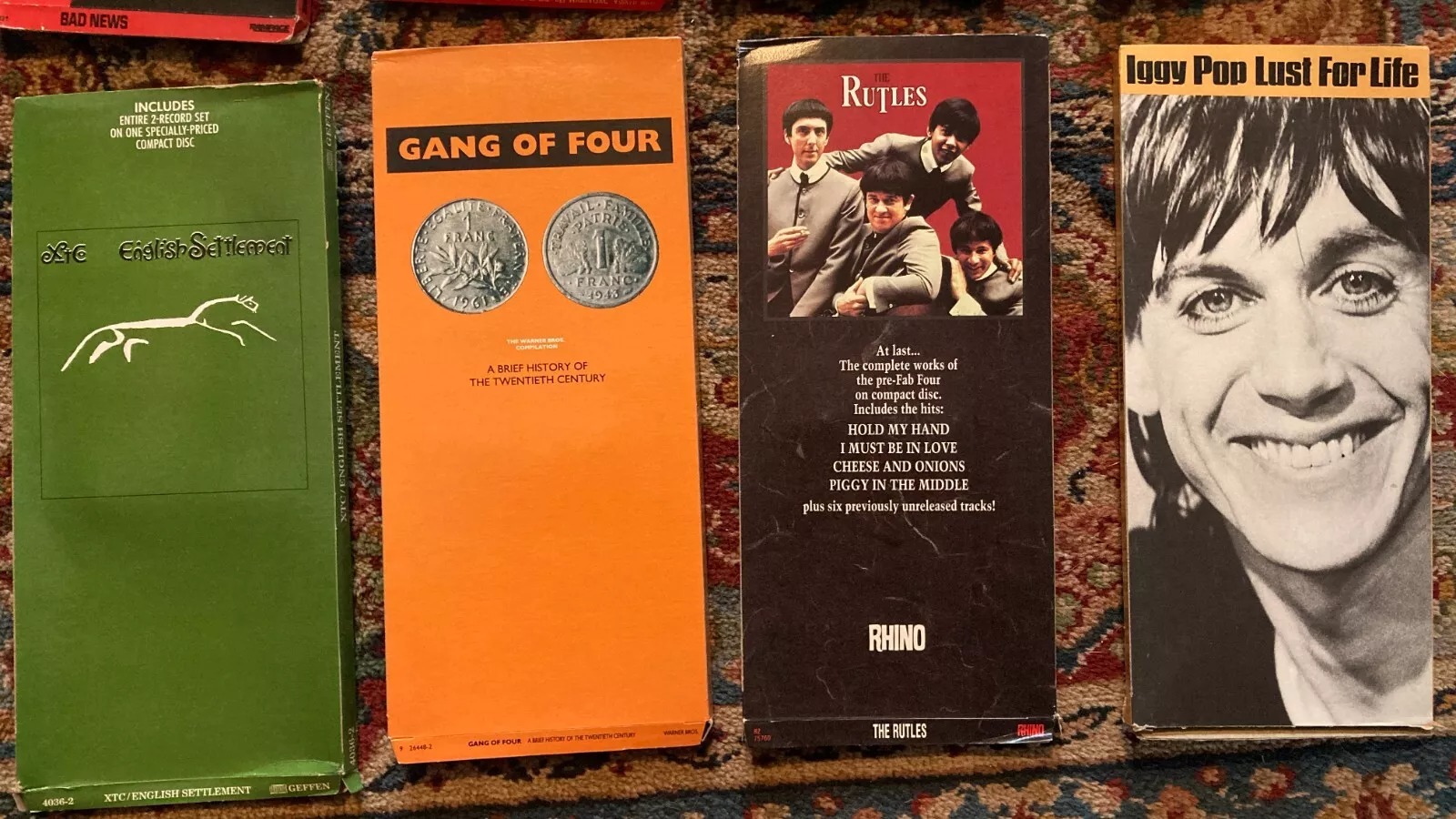
Picture the heart of rock and roll’s formative years. The 1950s hummed with musical innovation that shaped modern music. Many incredible artists from this era remain sadly overlooked. Uncovering these forgotten gems gives a fresh take on rock’s origins.
Some legends deserve wider recognition. Stars like Sister Rosetta Tharpe—often called the “Godmother of Rock and Roll”—pioneered guitar techniques and blended gospel with R&B in ways that prefigured rock itself. Ruth Brown, known as the “Queen of R&B,” helped establish Atlantic Records with hits like “(Mama) He Treats Your Daughter Mean.” These groundbreaking women shaped 1950s music as profoundly as their male counterparts but often received less historical attention.
17. Johnny Otis (1950)

Johnny Otis started as a drummer in the 1940s before becoming an R&B architect. He built an orchestra blending jazz sophistication with raw R&B energy. “Harlem Nocturne” became his signature tune, its haunting saxophone solo grabbing audiences everywhere.
His 1951 “Mambo Boogie” pioneered the fusion of R&B with Latin rhythms. Think of it as mixing chocolate and chili peppers—unexpected but wonderfully effective. (Those Latin percussion grooves still sound fresh today!) Otis discovered talents including Etta James and Big Mama Thornton, making him not just a performer but a crucial curator of early rock and R&B talent.
16. The Clovers (1951)

The Clovers formed organically when high school students in Washington D.C. started singing together. Drawing inspiration from groups such as The Orioles, they created a sound bridging R&B’s emotional depth with rock’s rhythmic drive. Early hits including “Don’t You Know I Love You” showcased their tight harmonies.
Their 1952 recording “One Mint Julep” cemented their standing and later became a jazz standard covered by Ray Charles. In 1955, “Blue Velvet” reached number 14 on the charts, beating Bobby Vinton to the punch by almost a decade. “Devil or Angel” demonstrated their versatility when it climbed to number 3. Their crossover appeal proved R&B could speak to everyone, not just niche audiences.
15. Billy Ward and His Dominoes (1951)
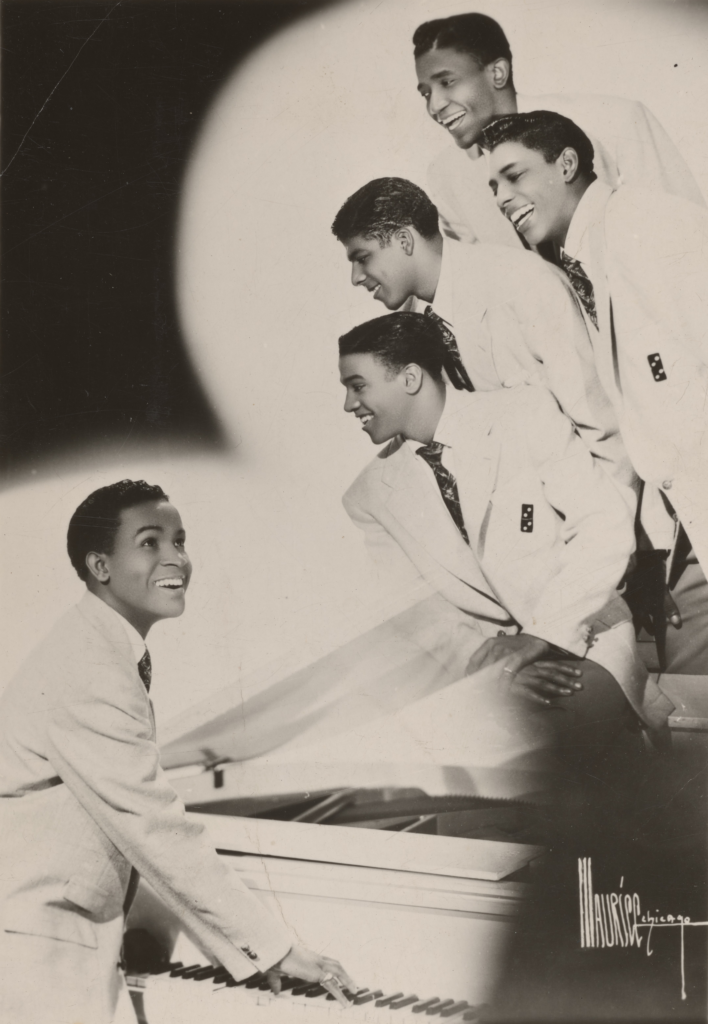
Juilliard-trained Billy Ward assembled the Dominoes from his former vocal students. He applied classical discipline to R&B similar to a master gardener grafting exotic plants onto sturdy rootstock. Their 1951 recording “Do Something for Me” quickly charted, hitting number 6 on the R&B charts.
“Sixty-Minute Man” topped R&B charts after its May 1951 release. The song crossed over to pop charts—a rare achievement for Black artists then. Its thinly veiled sexual content pushed boundaries and established rock’s rebellious attitude. The group launched careers for both Clyde McPhatter and Jackie Wilson. Talk about a talent incubator! These guys basically ran a hit-maker factory disguised as a vocal group.
14. The Five Royales (1952)

The Five Royales hit the R&B top 10 multiple times in the early 1950s with songs blending gospel fervor and R&B rhythms. Between 1952 and 1953, they produced chart successes that helped define Black popular music’s evolving sound. Guitarist Lowman Pauling’s innovative playing became essential to their sound.
Pauling’s guitar work complemented the vocals perfectly, akin to how an expert sous chef enhances rather than overwhelms the main dish. (Guitar nerds still study his solos today.) Though disbanded in 1965, their compositions gained immortality through covers by James Brown, The Shirelles, and others. Their 2015 Rock Hall induction finally acknowledged their crucial role in developing rock and soul’s guitar language.
13. Bill Haley and His Comets (1954)

Bill Haley and His Comets launched rock into mainstream consciousness through their revolutionary rhythm approach. Their 1954 breakthrough “Rock Around the Clock” became huge after appearing in “Blackboard Jungle” the following year. Guitarist Franny Beecher’s distinctive playing influenced countless rock guitarists.
Among the first rock ambassadors touring internationally, they sparked a global musical revolution. They functioned as musical matchmakers, introducing teenagers around the world to the joys of rock and roll. Their sound connected Western swing with rock, showing how musical evolution drives cultural changes. Without them, we might have waited years longer for rock’s global takeover—a scary thought for anyone who cherishes their vintage vinyl collection!
12. The Penguins (1954)

The Penguins mastered doo-wop, bringing vocal precision and harmonic sophistication to recordings. While “Walking Down Broadway” showcased their versatility, “Earth Angel” etched them in music history. Recorded for a mere $75 on the tiny Dootone label, it captured romantic yearning with ethereal harmonies and Cleveland Duncan’s tender lead.
The song reached both R&B and pop charts, becoming one of doo-wop’s first crossover successes. “Earth Angel” has appeared in countless films, notably in “Back to the Future” where it sets the stage for the famous “disappearing hand” scene. Their harmonic approach influenced groups ranging from The Beach Boys to Boyz II Men. Not bad for a recording that cost less than a modern smartphone!
11. Gene Vincent and His Blue Caps (1956)
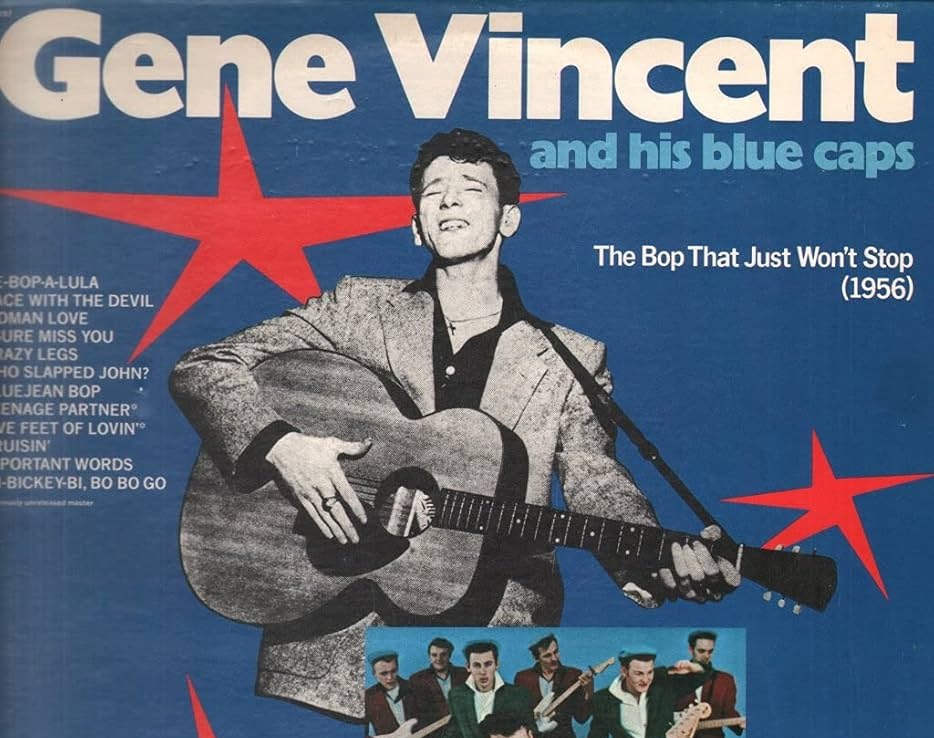
Gene Vincent and His Blue Caps carved their mark on rock history with raw, primal sound. Their 1956 hit “Be-Bop-A-Lula” catapulted them into the spotlight with atmospheric production and Vincent’s hiccupping vocal style. Lead guitarist Cliff Gallup’s innovative techniques shaped their sound and later influenced guitarists including Jeff Beck and Jimmy Page.
Vincent’s music resembled the perfect storm—intense, electrifying, and leaving a permanent impression. Despite Vincent’s tragically short life—dying at just 36 years old—his legacy continued through Rock Hall induction in 1998. The Blue Caps received separate recognition in 2012, acknowledging their contribution to rock’s instrumental language. (And those guitar solos still make modern shredders shake their heads in disbelief.)
10. The Crickets (1957)

The Crickets formed in Lubbock, Texas with Buddy Holly handling lead vocals and guitar. Their groundbreaking approach blended country influences with R&B rhythms, creating distinctive Texas rockabilly. “That’ll Be the Day” launched their career and established their signature sound.
International fame came through that single and follow-ups such as “Peggy Sue.” The Beatles named themselves partly as homage to The Crickets, recognizing their pioneering spirit. Buddy Holly’s death in a February 1959 plane crash (the day the music died, as Don McLean would later sing) cut short one of rock’s most promising careers. In their brief existence, The Crickets established the template for self-contained rock bands writing and performing their own material.
9. The Platters (1955)
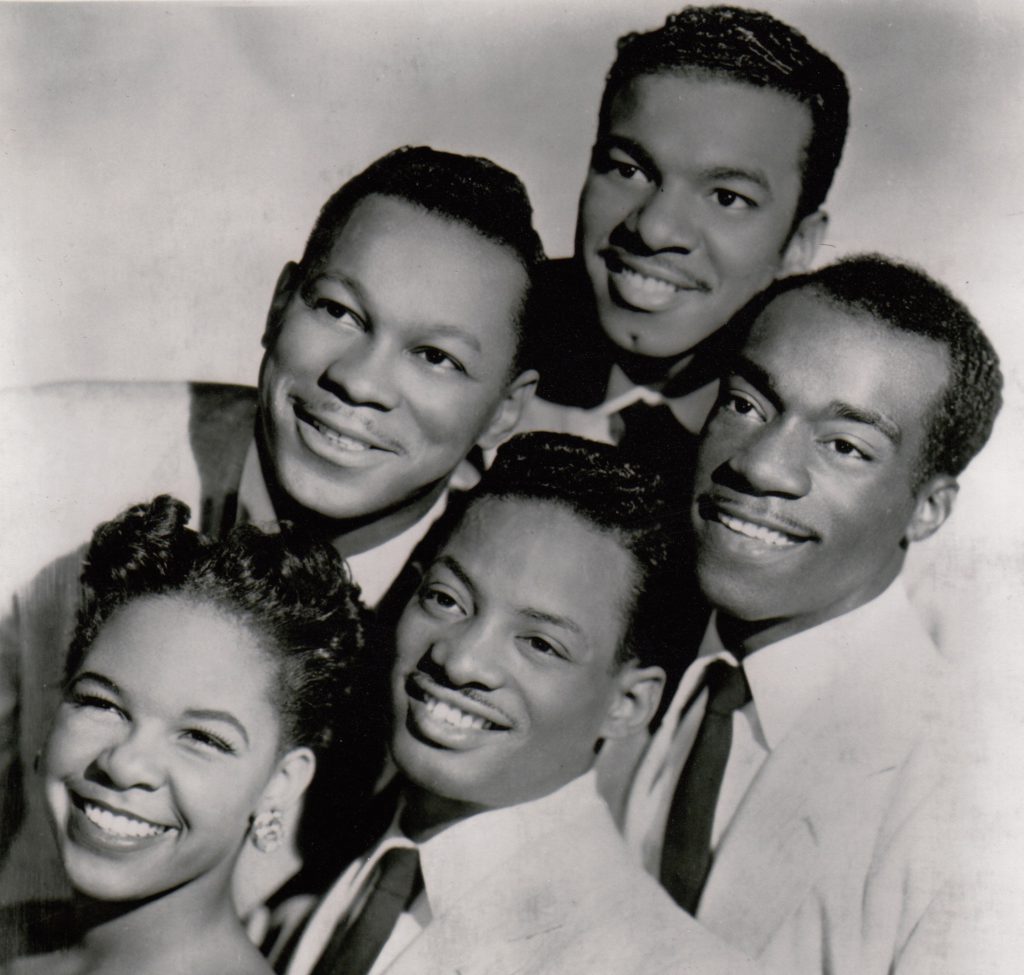
The Platters began in Los Angeles in 1953, distinguishing themselves through sophisticated arrangements and Tony Williams’ exceptional tenor. After joining Mercury Records in 1955, they released “Only You,” bridging traditional pop and emerging rock. Their follow-up “The Great Pretender” topped charts for 11 straight weeks.
Their approach resembled a gourmet meal—seemingly simple yet requiring tremendous skill to prepare. They combined R&B’s emotional depth with traditional pop’s polished production. This created a template influencing decades of vocal groups. The Platters earned Rock Hall induction in 1990, followed by Vocal Group Hall of Fame in 1998. Their songs remain staples on oldies stations—proof that quality never goes out of style!
8. The Drifters (1953)
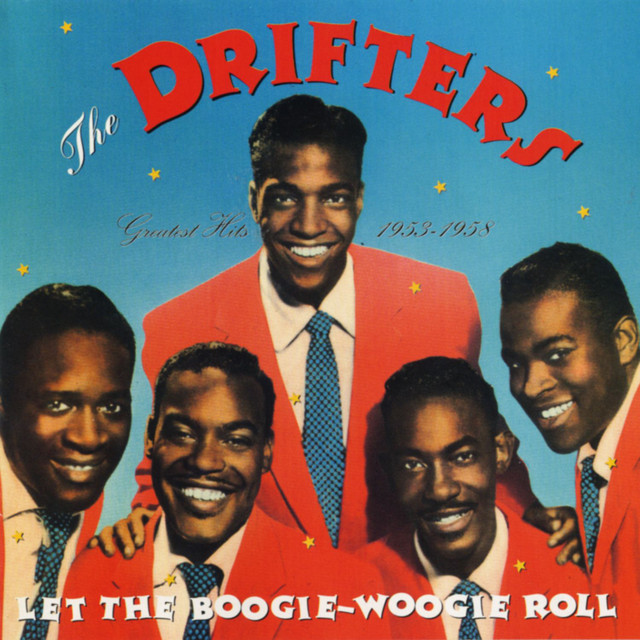
Atlantic Records executives created The Drifters in 1953 by recruiting former Dominoes vocalist Clyde McPhatter. Early R&B hits such as “Money Honey” showcased McPhatter’s gospel-influenced tenor. After lineup changes, Ben E. King joined, bringing soulful tones that redefined their sound.
“There Goes My Baby” revolutionized vocal groups in 1959 by incorporating orchestral strings and Latin rhythms. These innovations created the “uptown soul” sound dominating early 1960s pop. The group’s evolving roster produced different sounds across eras. Their consistent excellence earned Rock Hall induction in 1988. Their influence spans soul, R&B, and beach music, with artists from Springsteen to Whitney Houston covering their songs.
7. Frankie Lymon and The Teenagers (1956)

Frankie Lymon and The Teenagers revolutionized pop by bringing authentic teenage voices to airwaves. Their 1956 smash “Why Do Fools Fall In Love” showcased Lymon’s remarkable high tenor—impressive considering he was just 13! Their genuine teenage perspective connected with young listeners everywhere. Their vibrant performances and youth-oriented themes created a new template for pop music.
They appeared in films including “Rock, Rock, Rock” (1956) and “Mr. Rock and Roll” (1957), establishing rock’s visual aesthetic. Much as “Stranger Things” captures authentic youth experience, they delivered genuine adolescent emotions rather than adult interpretations. Lymon left in 1957 at age 15 for a solo career that fizzled. His heroin overdose in 1968 at age 25 ended a troubled but influential career. The group couldn’t replicate their breakout hit’s success, but their impact on doo-wop and pop remains immense. The Rock Hall honored their pioneering role with 1993 induction.
6. The Coasters (1955)

The Coasters emerged from The Robins in 1955, collaborating with legendary songwriters Leiber and Stoller. They blended R&B with rock while adding humor and storytelling. “Yakety Yak” topped both R&B and pop charts in 1958, featuring King Curtis’s distinctive saxophone.
Their catalog includes “Charlie Brown,” “Along Came Jones,” and “Little Egypt,” each creating mini comedic scenarios. During segregated America, their music crossed racial boundaries. They operated similar to cultural diplomats, forming connections between different audiences through shared appreciation of their wit. Their songs captured youthful rebellion while embedding social commentary in humor, influencing artists from The Beatles to Steely Dan.
5. Little Richard and The Upsetters (1955)
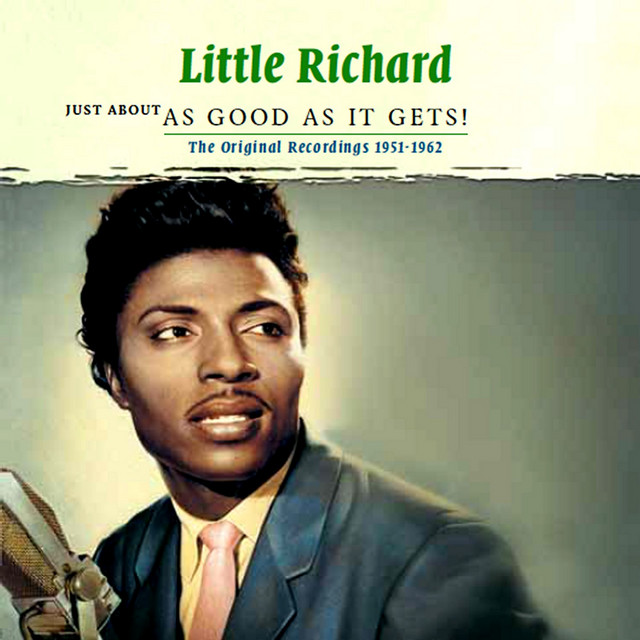
Little Richard’s flamboyant style and powerful vocals created an explosive stage presence redefining rock showmanship. Backed by The Upsetters’ solid foundation, he released boundary-pushing hits. “Tutti Frutti,” “Long Tall Sally,” “Good Golly Miss Molly,” and “Lucille” featured his signature vocal technique over driving rhythms.
Their sound incorporated New Orleans R&B, gospel, and early funk elements that burst from radios across America. Richard’s theatrical presentation—pompadour hairstyle and mascara included—challenged gender norms decades before such expression became accepted. Though his career experienced breaks due to conflicts between his religious beliefs and rock lifestyle, his status as one of rock’s founding architects remains undisputed. His influence continues through performers from James Brown to Prince to Lady Gaga. (And nobody, absolutely nobody, could scream “Woooo!” quite the same way.)
4. The Isley Brothers (1954)
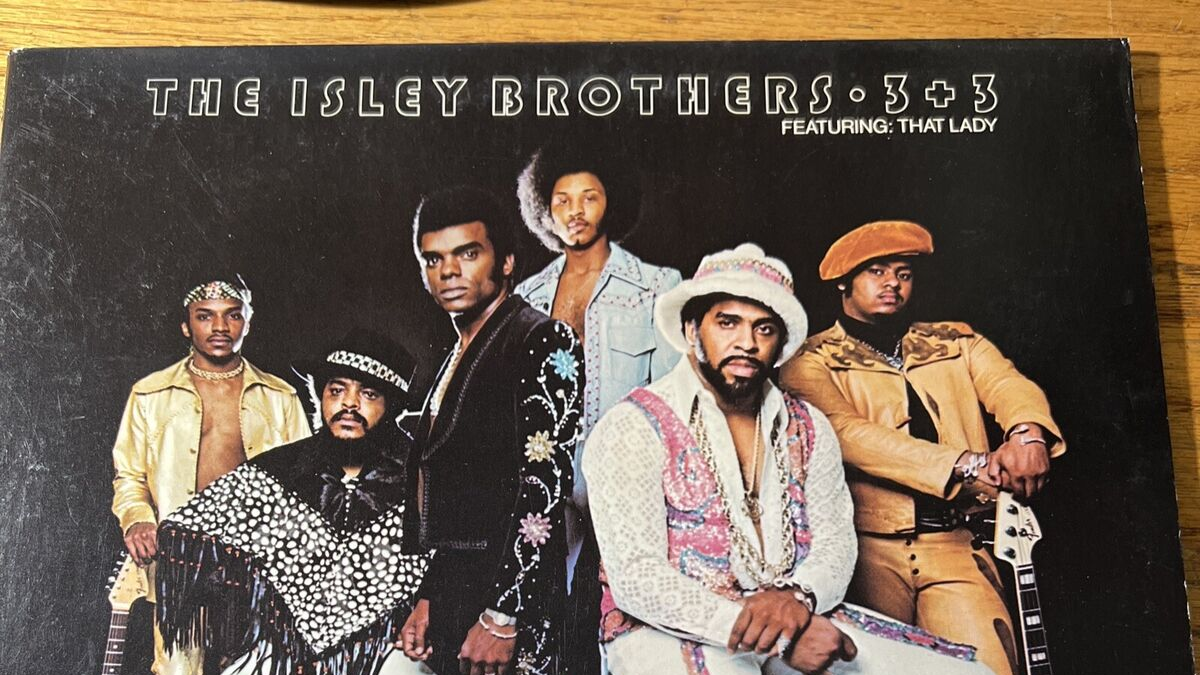
The Isley Brothers started in Cincinnati as a gospel quartet with brothers O’Kelly, Rudolph, Ronald, and Vernon. Tragedy struck when Vernon died in a 1955 bicycling accident. Regrouping as a trio, they shifted to R&B and rock, bringing gospel vocal techniques to secular music.
Their 1959 recording “Shout”—with call-and-response structure and emotional intensity—became a timeless classic. Though initially a modest hit, “Shout” gained immortality through countless covers and its famous use in “Animal House.” Their musical approach functioned similar to a chameleon, adapting to changing environments while maintaining its essential nature. Their remarkable adaptability kept them relevant across decades, influencing artists from The Beatles to hip-hop producers sampling their 1970s work.
3. Johnny Burnette and The Rock and Roll Trio (1956)
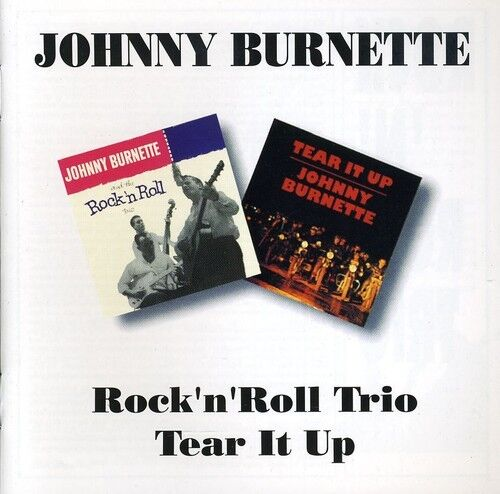
Johnny Burnette’s Rock and Roll Trio left Memphis for New York before signing with Coral Records in 1956. The trio—Johnny, brother Dorsey, and guitarist Paul Burlison—recorded 25 tracks in 1956-57, creating rockabilly’s most electrifying moments. Their energetic style pioneered a groundbreaking fusion of country music with R&B, establishing a sound that would influence generations.
Their cover of “Train Kept A-Rollin’” featured Burlison’s revolutionary fuzzy guitar tone. This sonic breakthrough reportedly happened when a tube loosened in his amplifier, predating intentional distortion by years. Their discovery resembled finding buried treasure—a happy accident that changed music forever. Commercial success eluded them, but their raw energy made them rockabilly legends whose recordings sound remarkably modern today. Their aggressive approach connected rockabilly’s country roots with the harder sounds of 1960s rock, directly inspiring artists from The Beatles to Led Zeppelin. (Guitar geeks still try to recreate Burlison’s tone with expensive boutique pedals.)
2. Flatt & Scruggs and the Foggy Mountain Boys (1953)

Lester Flatt and Earl Scruggs left Bill Monroe’s Blue Grass Boys in 1948 to start their own group. Their extraordinary instrumental skills reached wider audiences in the 1950s. Though mainly considered bluegrass musicians, they significantly influenced early rock by showing how rural string band traditions could modernize.
Their popularity grew through radio and TV performances, including their Martha White Flour show. Their recording of “The Ballad of Jed Clampett” for “The Beverly Hillbillies” topped Billboard’s country charts in 1962. Scruggs’ three-finger banjo technique revolutionized the instrument and influenced musicians across genres. Their tradition-meets-innovation approach created a blueprint for roots music remaining relevant amid change. (Ever notice how many rock bands suddenly added banjos in the 2010s? Thank Earl Scruggs for that!)
1. Hank Ballard and The Midnighters (1952)
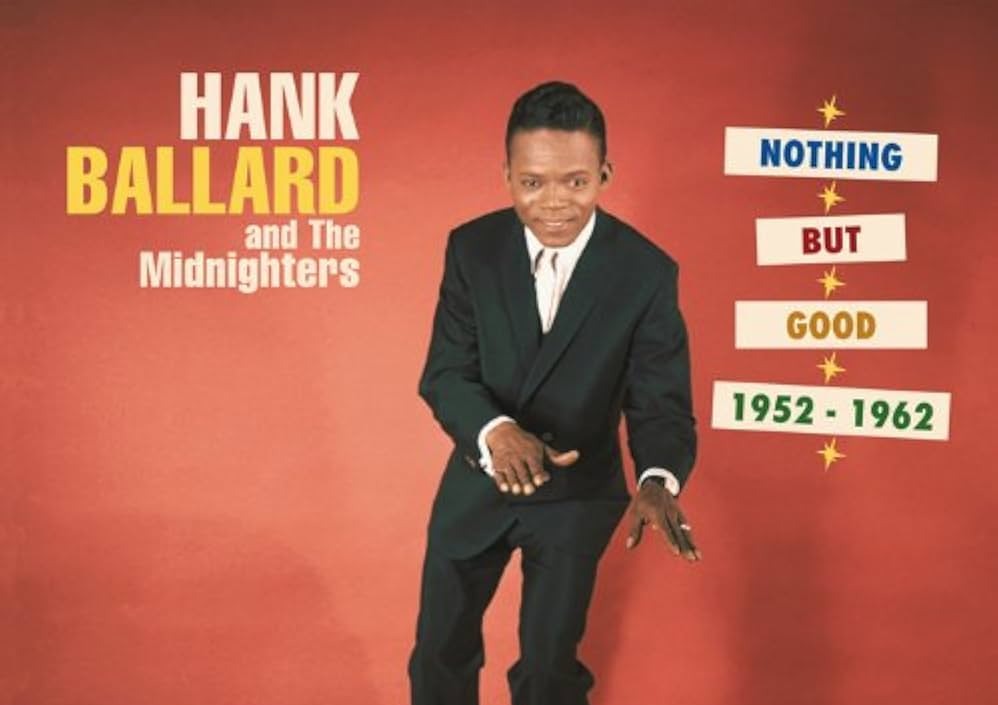
Hank Ballard joined The Royals in 1951, with the group later becoming The Midnighters. Known for energetic shows and suggestive material, they released “Get It” through Federal Records in 1952. Their 1954 “Work with Me Annie” exploded in popularity, topping R&B charts for seven weeks despite radio bans.
Ballard’s raw vocals influenced soul singers including James Brown, while their dancing set standards for later R&B acts. They operated similar to seasoned poker players who knew exactly when to hold back and when to push boundaries. Though remembered for controversial songs, Ballard also wrote “The Twist,” which became huge for Chubby Checker and launched a worldwide dance craze. Their boundary-pushing established rock’s reputation for challenging social norms. Not bad for a group whose raciest lyrics seem tame by today’s standards!




